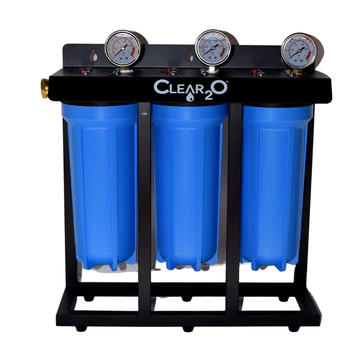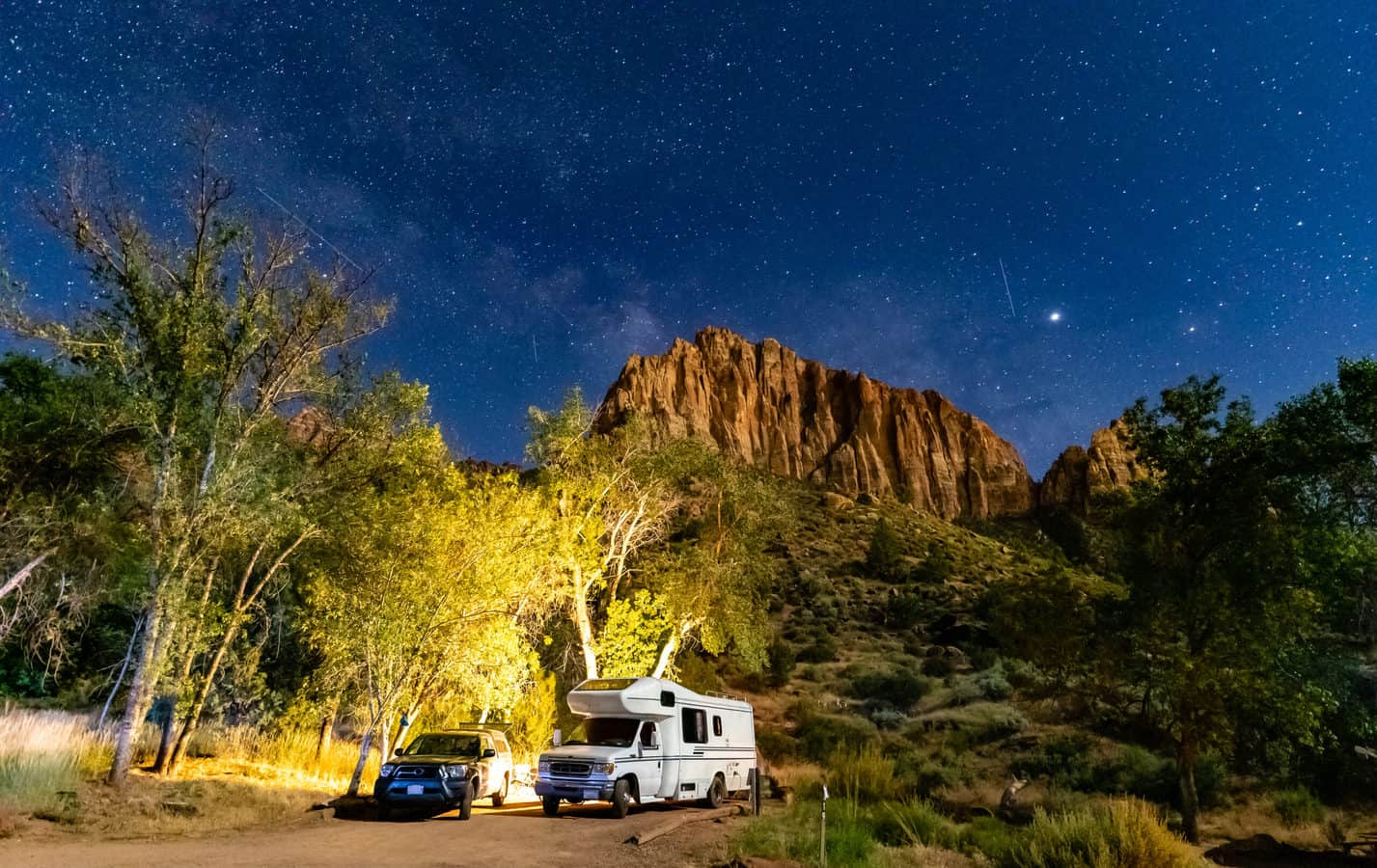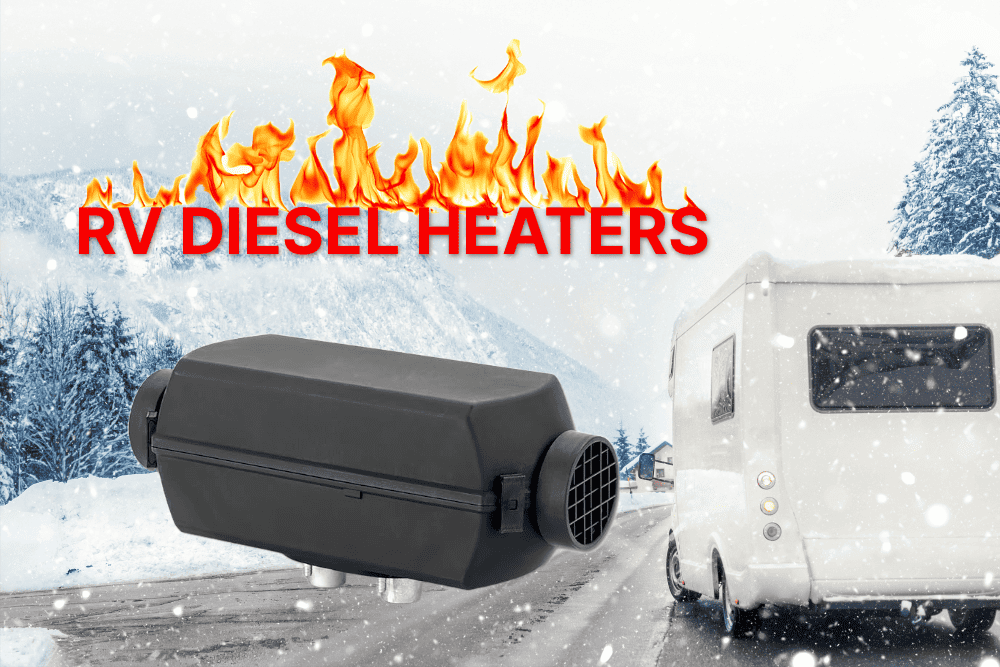What Are The Best Water Purification Systems for Camping?
Water is absolutely essential to survival, so it’s important to stay hydrated at all times. When you’re camping, sometimes you can’t rely on tap water or nearby streams to provide safe, drinkable water. Stocking up on bottled water is well and good, but what if you run out and need a safe backup source? In these cases, you’ll want to learn about some water purification systems for camping. There are a variety of tactics you can use when you need some fresh water. For instance, you might use physical filters to strain out particles and living organisms. You can also try chemical treatments, or boil the water at a high temperature. Sometimes a combination of all of these methods will give you the best results.
Below, we’ve gathered information about some of the best water purification systems for camping. With a few tools and a bit of extra time, you’ll be able to enjoy safe drinking water at your next campsite. Sometimes it’s good to clean the water, even if you believe it to be safe. It never hurts to be careful!
Boiling
Heat treatments like boiling are one of the quickest and easiest ways to purify water. The main challenge with this method is that you need to have plenty of fuel and be able to keep the water boiling at a high temperature for several minutes. This is a wonderful option if you have lots of firewood or a camp stove on hand. You should boil your water for at least 5 minutes, but it’s better to go for a bit longer if you can. If you’re camping at a high altitude, increase the boiling time to 10 minutes or longer because water boils at a lower temperature up there.
Boiling is an excellent water purification system if you want to kill bacteria and pathogens. However, it won’t be able to help you if the water has been polluted by chemicals, sediment, or heavy metals. Therefore, you might want to use an additional cleaning method once your water has been boiled, just to be safe.
Purification Tablets/ Iodine drops
Many people have dealt with impure water sources throughout the years, so there are lots of options available. One common method involves purification tablets or iodine drops. Tablets are designed to provide the right ratio of chemicals to your water, so make sure you carefully read the instructions before dropping these tablets into your water bottle.
Most purification tablets are made with iodine. In small doses, this chemical can kill parasites and harmful bacteria. But if you use too much, it can become poisonous. You don’t want to ingest too much iodine, so be extremely careful if you choose this method. A single tablet can usually treat 1 quart of water. You can also use 4-5 drops of iodine per quart of water if you only have the liquid option on hand.
Once you add your purification element, shake the container and let it dissolve completely. Then let it sit for 30-40 minutes (or longer depending on the instructions for your tablets). After this point, it should be safe to ingest, but it might taste weird. You can add a bit of sugar or some flavor packets to make it easier to drink.
TankFRESH
TankFRESH is a product from CLEAR2O that freshens and sanitizes your freshwater tank and system. It eliminates taste & odor issues from tanks & supply lines. You can use it each time you fill your freshwater tank.
1 oz treats 20 gallons of freshwater tank capacity, and TankFRESH products use a safe, biodegradable formula for safe cleaning of freshwater systems, and have no overpowering fragrances.

Chlorine Bleach
Similar to iodine, you can use tiny amounts of bleach as one of your water purification systems for camping. Chlorine bleach is incredibly powerful and it can kill just about anything that’s living in your water. Once again, it won’t remove heavy metals or sediment, but it’s great for neutralizing organic threats.
The ratio of water to cleaner is similar to iodine. Use 4 drops of unexpired bleach per quart of water. Shake it well and let the mixture sit for at least 30 minutes. Don’t use more than this amount because bleach is poisonous if you add too much. Even though 4 drops might not seem like enough, adding more will cause more harm than good. Trust the science here and let this chemical do its job.
Solar disinfection
Did you know that sunshine can be an effective way to treat water? The combination of heat and UV rays can neutralize several dangerous additives, so you might want to try solar disinfection (SODIS) next time you need some clean water.
This is one of the easiest water purification systems for camping, but it does take a while to take effect. Begin by filtering out your water as much as possible so there are no large particles. Then fill up a clear plastic water bottle, seal the lid, and place it on its side. Make sure it is fully exposed to the sunlight for 6 hours. The combination of warmth and UV rays will effectively pasteurize the water. You can always follow up with some purification tablets or other methods, but SODIS will get you most of the way there.
Filters
Speaking of filters, let’s talk about some of the best options. There are plenty of portable water filters nowadays, and many people use these as their first line of defense when camping. For instance, there are lots of straw and water bottle filters that are perfect for hikes along streams. These can strain out particulate in the water and trap harmful bacteria before you ingest them.
But if you want something that’s better for a campsite, try looking into some heavy-duty filters. Pump or drip action filters will provide you with safe drinking water and you don’t need to do much at all! The MSR MiniWorks EX Backountry Water Filter is an excellent choice because it can filter 1 liter of water per minute. If you have an RV, you can attach a water filter to your plumbing system so all your tap water is safe to drink. Clear2O offers some of the best water purification systems for camping in an RV.
You can also use clay pots as a filter. As the water seeps through the porous material, it catches sediment and other particles that are floating in the liquid. Place a second container beneath the clay pot to catch the clean drips.

Distillation
If you’re dealing with heavily polluted water, sometimes you can’t boil or strain out the impurities. If the water is full of chemicals, salt, or heavy metals, you should probably distill it. Distilling works through processes of evaporation, condensation, and precipitation.
Solar stills are an excellent option, especially if you’re trying to filter salt water. You can make your own water distiller or buy a pre-made option. They all function in a similar way though. You must create an enclosed space with a container of water in the center. As it is exposed to heat, the water evaporates, leaving the contaminants behind. Then it condenses on the sides and top of the distiller before being channeled into a separate container. This process takes a long time and it only gives you small amounts of water at a time, but it’s one of the safest options available.
Sedimentation
Sometimes the water may be chemically pure, but it’s full of swirling sediment. This isn’t pleasant to drink and it might upset your stomach. Therefore, if dirt and mud are your main problems, try the sedimentation method.
Begin by straining out as many particles as you can. Cheesecloth can be used to capture the main load of dirt. Then place the water in a clean container and let it sit undisturbed for a few hours. Over time, the sediment will sink to the bottom, leaving only clean water on the upper layer. Skim any floating particles off the top, then slowly pour the clean water into a separate container. Stop before the sediment at the bottom begins to pour out. Then you can repeat the process, use an additional purification method, or just drink it.
Try Natural Decontaminants
Finally, you can try using some natural solutions to purify your water. Some plants are excellent at cleaning and trapping certain materials, so you can take advantage of this. For instance, pine sap can effectively trap bacteria and harmful particles. To use this method, remove a small branch/stick from a pine tree and scrape off the bark with a pocket knife. Pour water over the bare stick and into a container. As it flows down the pine branch, the wood and sap can pick up unwanted pollutants.
You can also add some fresh cilantro to your water if you think it may be contaminated by heavy metals. Cilantro is quite absorbent and it has been known to attract pathogens, lead, and nickel. Let the leaves sit for at least 1 hour so they can do their work. Although these natural solutions can be helpful, you should probably pair them with at least one of the types of water purification systems for camping.
Related Articles:
- This RV Water Filter is Your Best Option For Clean Water
- Why Does My Camper Water Smell Like Rotten Eggs?
- The Best Water-Saving Shower Heads For RVs




